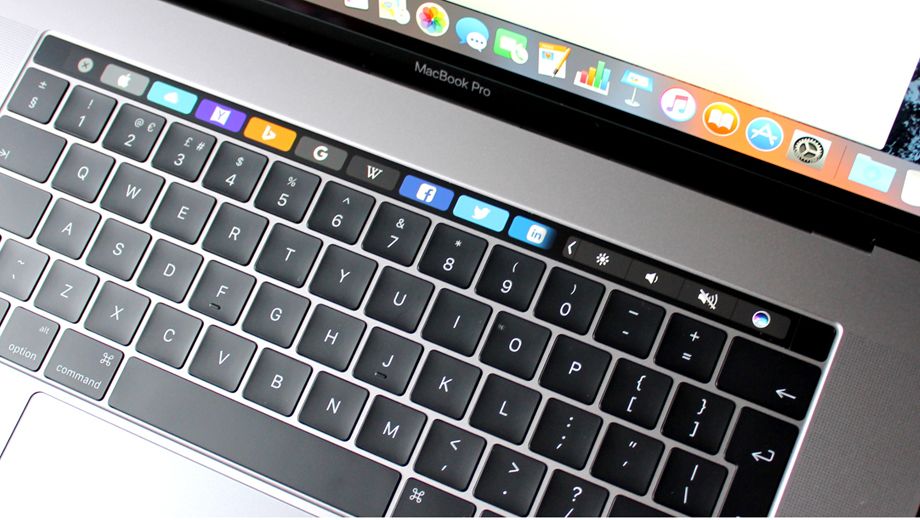Apple plans to ditch Intel, use its own chips from 2020

Apple is planning to use its own chips in Mac computers beginning as early as 2020, replacing processors from Intel, according to people familiar with the plans.
The initiative, code named Kalamata, is still in the early developmental stages, but comes as part of a larger strategy to make all of Apple’s devices – including Macs, iPhones, and iPads – work more similarly and seamlessly together, said the people, who asked not to be identified discussing private information.
Apple is also looking to develop a common software platform to merge iPad and Mac apps.
The project, which executives have approved, will likely result in a multi-step transition.
The shift would be a blow to Intel, whose partnership helped revive Apple’s Mac success and linked the chipmaker to one of the leading brands in electronics. Apple provides Intel with about 5 percent of its annual revenue, according to Bloomberg supply chain analysis.
Apple could still theoretically abandon or delay the switch. Apple declined to comment, while Intel said, “We don’t comment on speculation about our customers.”
For Apple, the change would be a defining moment. Intel chips remain some of the only major processor components designed by others inside Apple’s product portfolio.
Currently, all iPhones, iPads, Apple Watches, and Apple TVs use main processors designed by Apple and based on ARM technology. Moving to its own chips inside Macs would let Apple release new models on its own timelines, instead of relying on Intel’s processor roadmap.
"We think that Apple is looking at ways to further integrate their hardware and software platforms, and they’ve clearly made some moves in this space, trying to integrate iOS and macOS,” said Shannon Cross an analyst at Cross Research.
“It makes sense that they’re going in this direction. If you look at incremental R&D spend, it’s gone into ways to try to vertically integrate their components so they can add more functionality for competitive differentiation."
Apple's roll-your-own approach
The shift would also allow Apple to more quickly bring new features to all of its products and further stand out from Windows-based competitors which rely on Intel chips.
By using its own chips, Apple would be able to more tightly integrate new hardware and software, potentially resulting in systems with better battery life – similar to iPads, which use Apple chips.
While the transition to Apple chips in hardware is planned to begin as early as 2020, the changes to the software side will begin even before that.
Apple’s iPhones and iPads with custom chips use the iOS operating system, while Mac computers with Intel chips run on a different system called macOS.
Apple has slowly been integrating user-facing features over the past several years, and more recently starting sharing lower-level features like a new file management system.
'Marzipan' platform means all-in-one apps
As part of the larger initiative to make Macs work more like iPhones, Apple is working on a new software platform – internally dubbed Marzipan – for release as early as this year that would allow users to run iPhone and iPad apps on Macs.
The company has also previously released Macs with ARM-based co-processors, which run an iOS-like operating system, for specific functions like security.
The latest MacBook Pro and iMac Pro include the co-processors. Apple plans to add that chip to a new version of its Mac Pro, to be released by next year, and new Mac laptops this year, according to a person familiar with the matter.
Intel has dominated computing processors for more than a decade, taking market share from AMC, its only rival in the market.
While Apple is down the list of computer sellers by unit shipments, it’s third when measured by revenue last year, highlighting the premium status of its products.
Moving on from the Apple-Intel partnership
In 2005, Apple announced a move to Intel chips in its Macs, an initiative that put former Intel Chief Executive Officer Paul Ottelini on stage with Apple co-founder Steve Jobs. It was a partnership that shook up the PC industry and saw Apple shift away from chips co-developed by IBM and Motorola.
Apple’s current chip designs made their name in thin and light mobile devices. That would indicate Apple will start the transition with laptops before moving the designs into more demanding desktop models. Apple has to walk the fine line of moving away from Intel chips without sacrificing the speed and capabilities of its Macs.
A decision to go with ARM technology in computers might lend it credibility where it has failed to gain a foothold so far. Qualcomm, the biggest mobile phone chip provider, is working with PC makers to introduce new thin and light laptops based on its chips in another attempt to steal share from Intel.
Microsoft is supporting that effort by providing a version of its Windows operating system for ARM technology-based chips.
Intel’s dominance of the market has been based on its ability to use leading manufacturing technology to produce processors that are more powerful than those of its competitors. Its would-be rivals haven’t yet produced designs that have displaced Intel’s products when it comes to crunching data quickly.
Apple’s custom processors have been recently manufactured principally by Taiwan Semiconductor Manufacturing. Its decision may signal confidence that TSMC and other suppliers such as Samsung have closed the gap on Intel’s manufacturing lead and can produce processors that are just as powerful.
05 May 2016
Total posts 616
I hope this isn't true.
Hi Guest, join in the discussion on Apple plans to ditch Intel, use its own chips from 2020